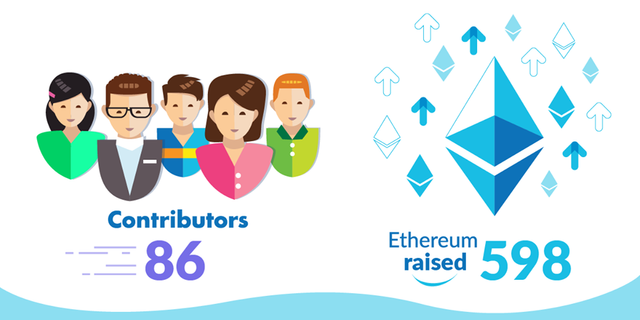How we created digital asset inheritance service
Call me old fashioned, but family has always come first.
Having spent the last three years in the challenging position of a CTO of a rising startup, I gradually started experiencing the physical toll of my fast-paced lifestyle. With my health deteriorating at a rapid pace, my ever-practical mind gravitated towards ensuring the financial stability of my young family.
And where standard asset inheritance was not an issue, digital assets proved to be a different story. From Gmail account passwords to cryptocurrency, it became clear that digital asset inheritance was a fairly unexplored field in both theory and practice.
And although just an idea at first, the concept of digital inheritance gained additional momentum after I presented it to my friend and now Co-founder Normunds Kvilis, whose extensive banking expertise lead him to suggest the cryptocurrency aspect to the initial concept of digital inheritance and by extension — digital insurance, shaping DigiPulse into its current form.
With the creation of Blockchain technology in 2009, people all over the world started using cryptocurrencies as an alternative form of payments and investment. But this form of currency has a glaring flaw — if, for whatever reason, a user cannot access the digital wallet where their currency is stored, these assets will remain dormant and be forever lost. This in turn can lead to financial losses if a single person stores all their assets in crypto wallets.
As far as we know, there is currently no other convenient solution to rendering cryptocurrency assets inheritable (while still actively using them). We researched password boxes and similar solutions, but the crux of the matter was that a master password would still have to be issued to an inheritor, with them needing to have the knowledge of the transaction for it to take effect. Digital keys could also be shared via physical storage e.g. a “paper key” or USB stick, but these in turn would be vulnerable to theft and misplacement.
Additionally, centralisation plays a significant role in the asset storing process. From the point of view of a crypto currency holder, it wouldn’t seem safe or viable to hand valuable information over to a centralised service or attorney for it would be vulnerable to internal human resource misconduct — thus the use of a blockchain is a paramount aspect of our service.
Both the blockchain and decentralisation aspect would allow you to encrypt, split and store information on multiple devices across the world, ensuring that we, as a service provider, would not have access to any information you would wish to encrypt (a completely decentralised service) and the threat of internal risks which arises from human resources would be made obsolete.

Our solution requires only a one time set-up if no additional files/information need to be added to the inheritable “vault” and the DigiPulse tokens or DGPT, which allow you to prolong the asset release timestamp for the smart contract. By linking DigiPulse with the Ethereum smart contract, we’re creating a new service for all who wish to keep their assets safe, make them inheritable and remain anonymous (if they wish to) in the process
For more information on the business model, token circulation and the technology behind DigiPulse, see our White paper

Digital inheritance is a very important concept. I think there needs to be innovations both technical and legal to enable this. I would suggest that the technical component be done right but the legal component should work if the technical component fails (or the reverse if the legal fails the technical component works).
How would you set it up so that for example a person can have a legal institution such as a trust obtain legal ownership of the digital property?
I am very interested. This has always been my biggest concern to plant seeds of liberty for my kids and have it lost. Sound like ramblings of our forebears.
thanks for good information, good post